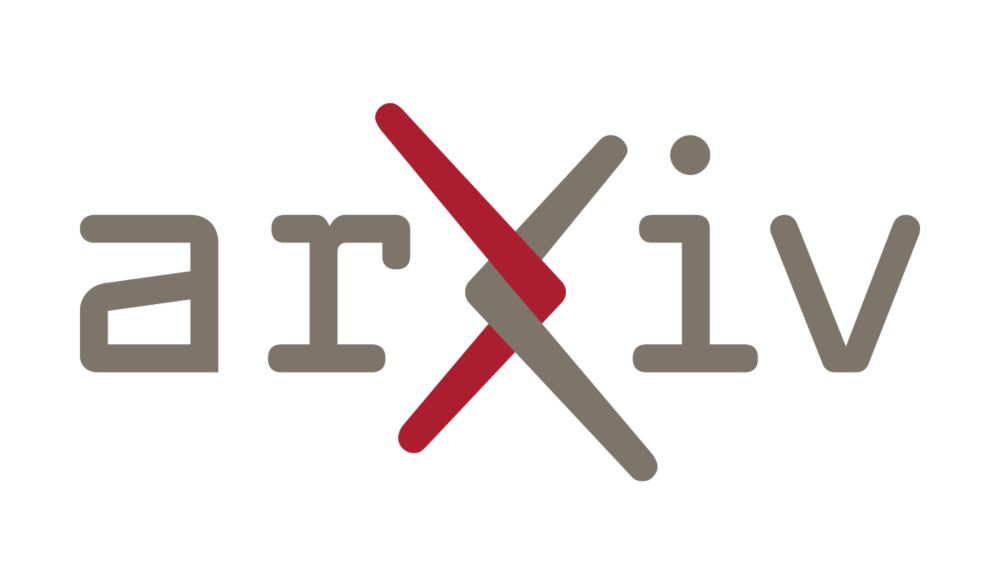Yash Shah
@ynshah.bsky.social
200 followers
1.3K following
12 posts
PhD student at Stanford. Self-proclaimed computational neuroscientist and humanist. Incomplete bio at https://ynshah3.github.io/.
Posts
Media
Videos
Starter Packs
Reposted by Yash Shah
Reposted by Yash Shah
Reposted by Yash Shah
Reposted by Yash Shah
Reposted by Yash Shah
Reposted by Yash Shah
Reposted by Yash Shah
Reposted by Yash Shah
Yash Shah
@ynshah.bsky.social
· Jul 13
Yash Shah
@ynshah.bsky.social
· Jul 13
Yash Shah
@ynshah.bsky.social
· Jul 13
Yash Shah
@ynshah.bsky.social
· Jul 13
Yash Shah
@ynshah.bsky.social
· Jul 13
Yash Shah
@ynshah.bsky.social
· Jul 13
Reposted by Yash Shah
Reposted by Yash Shah
Reposted by Yash Shah
Reposted by Yash Shah








